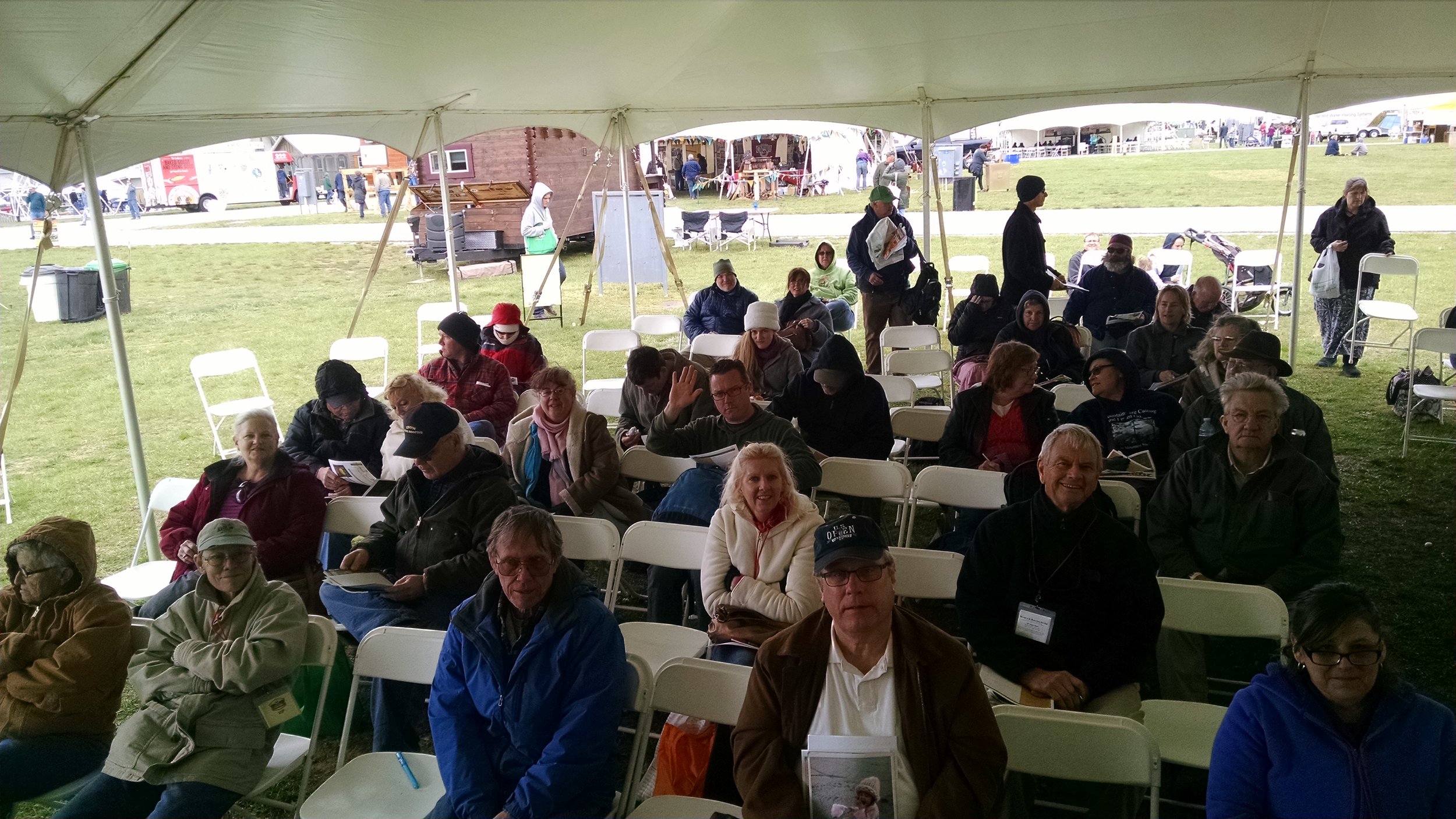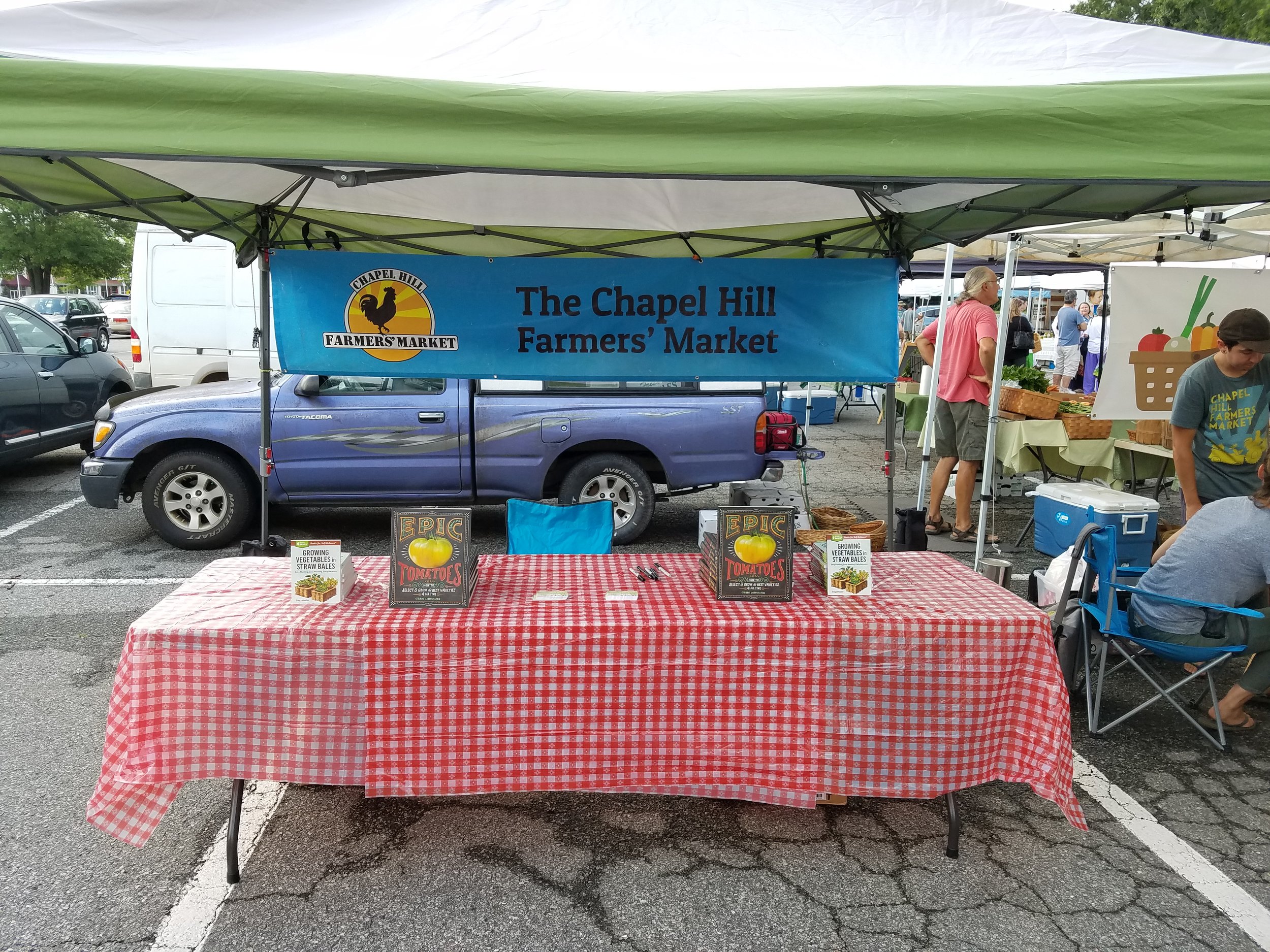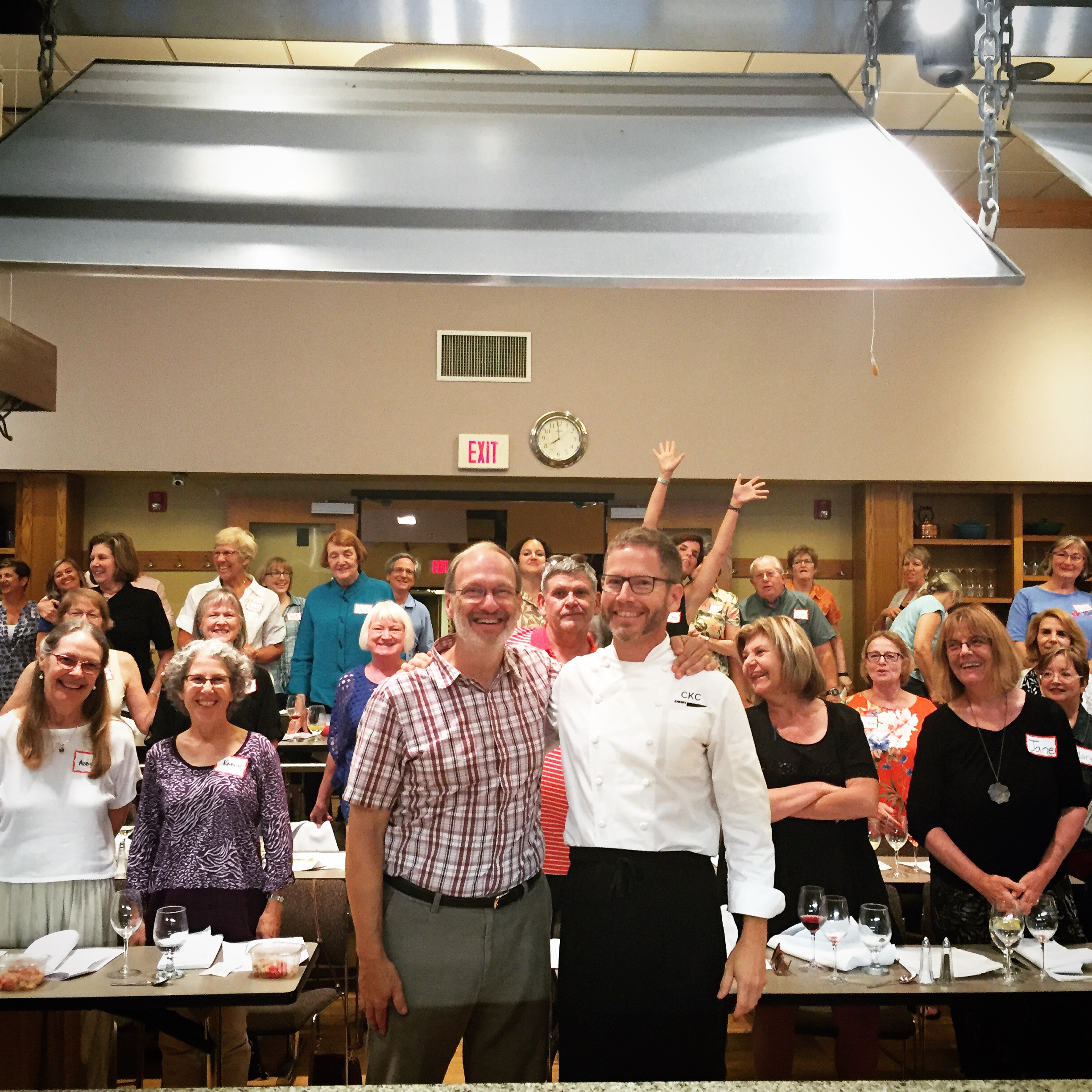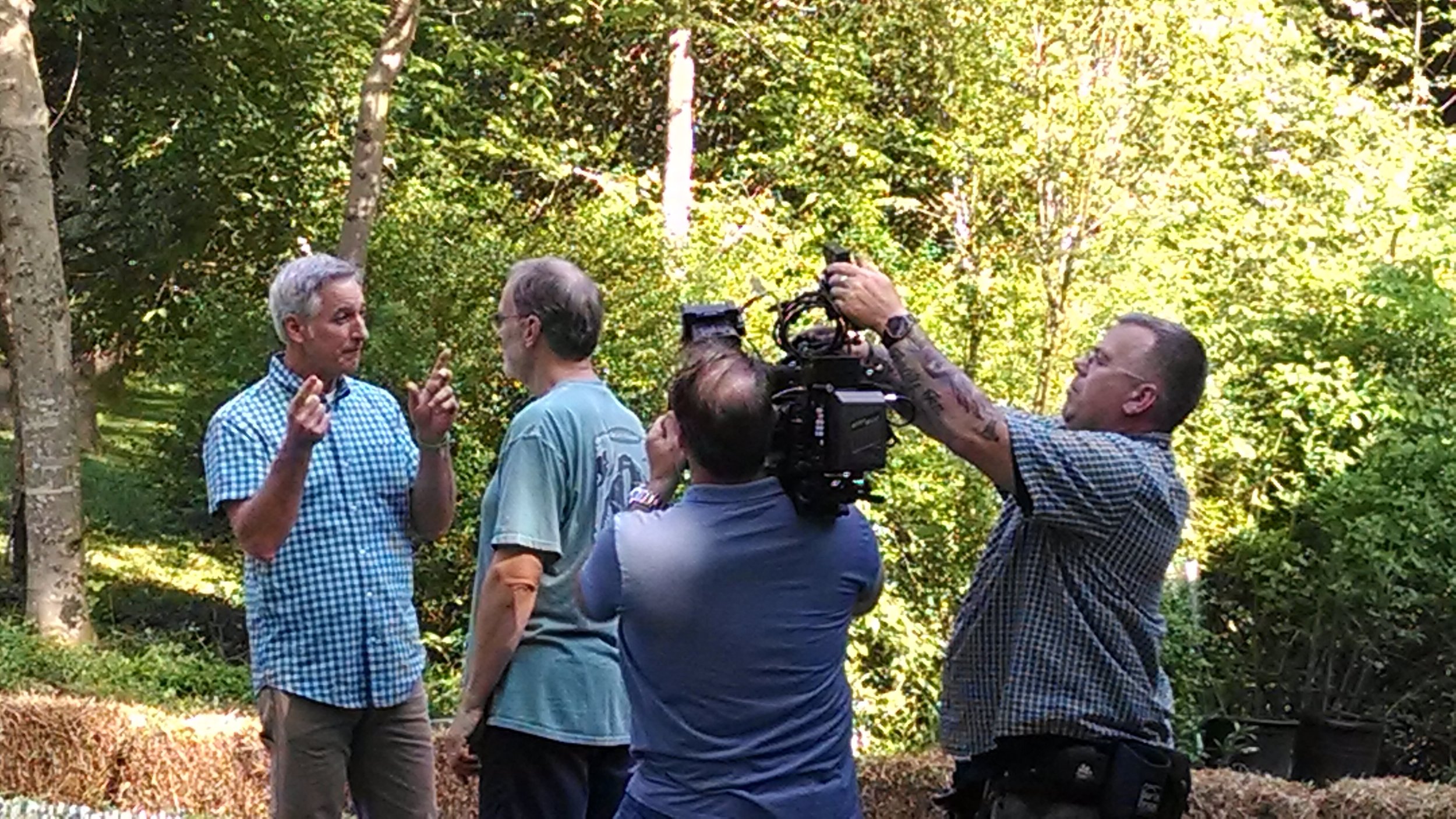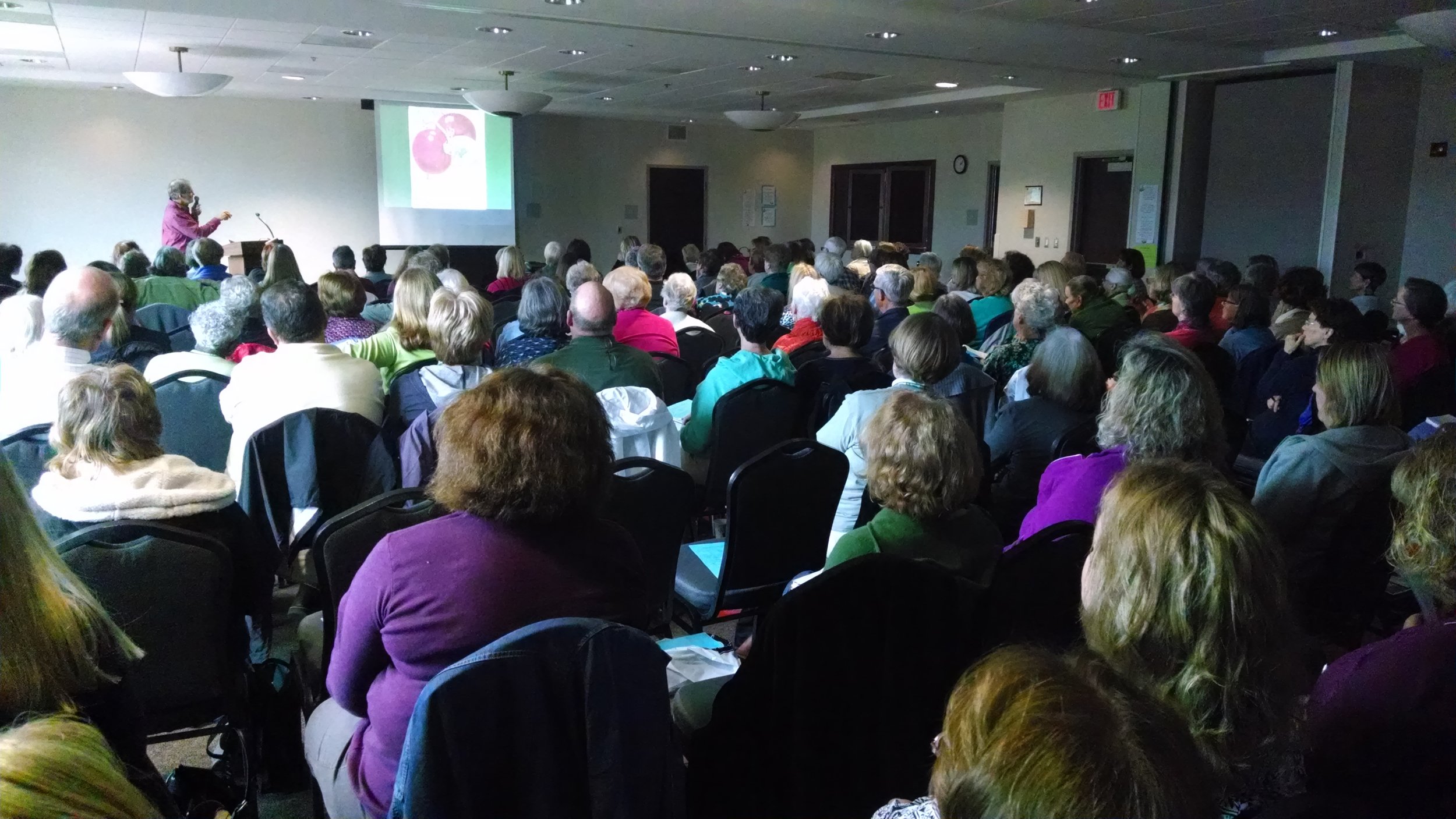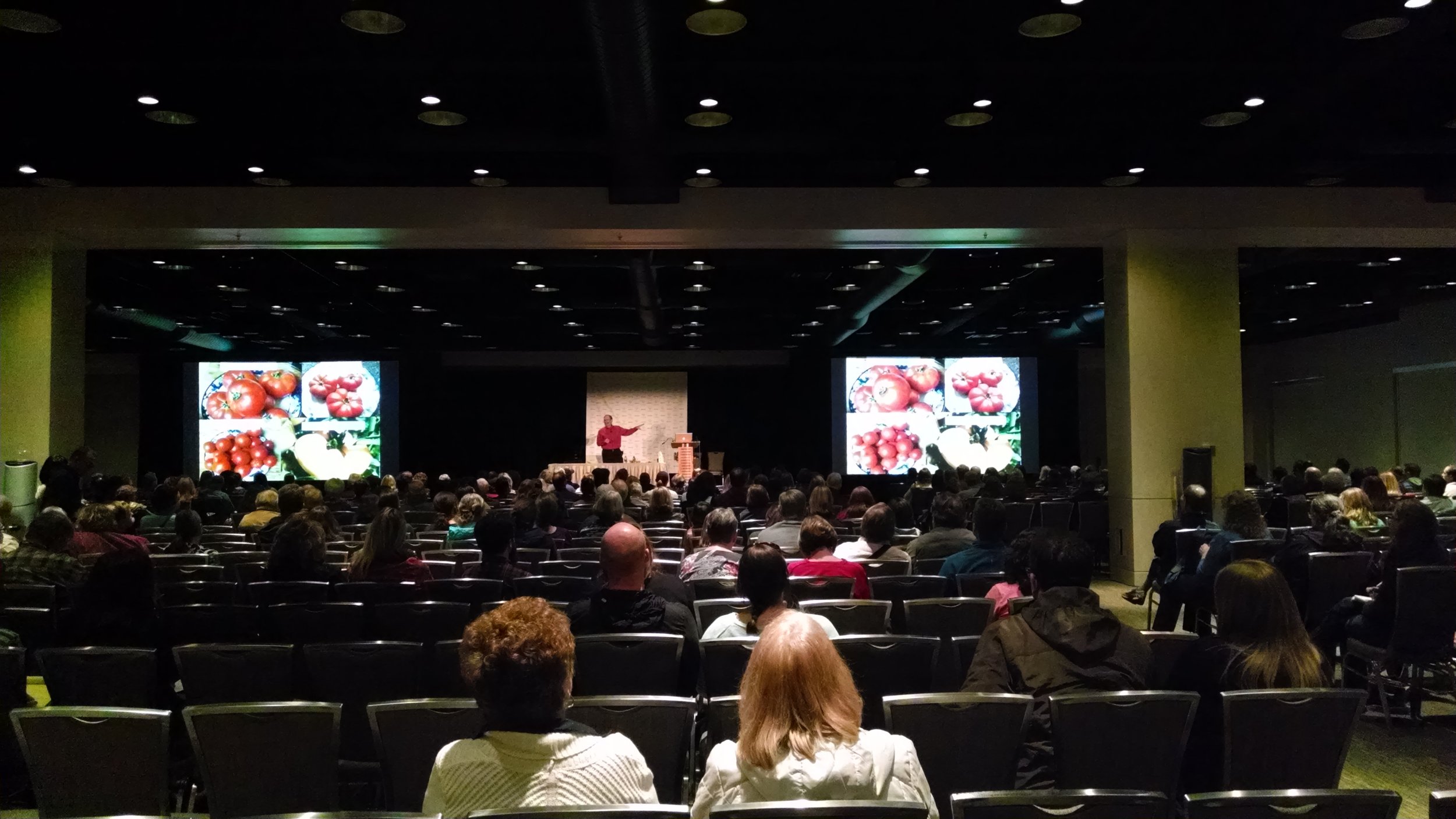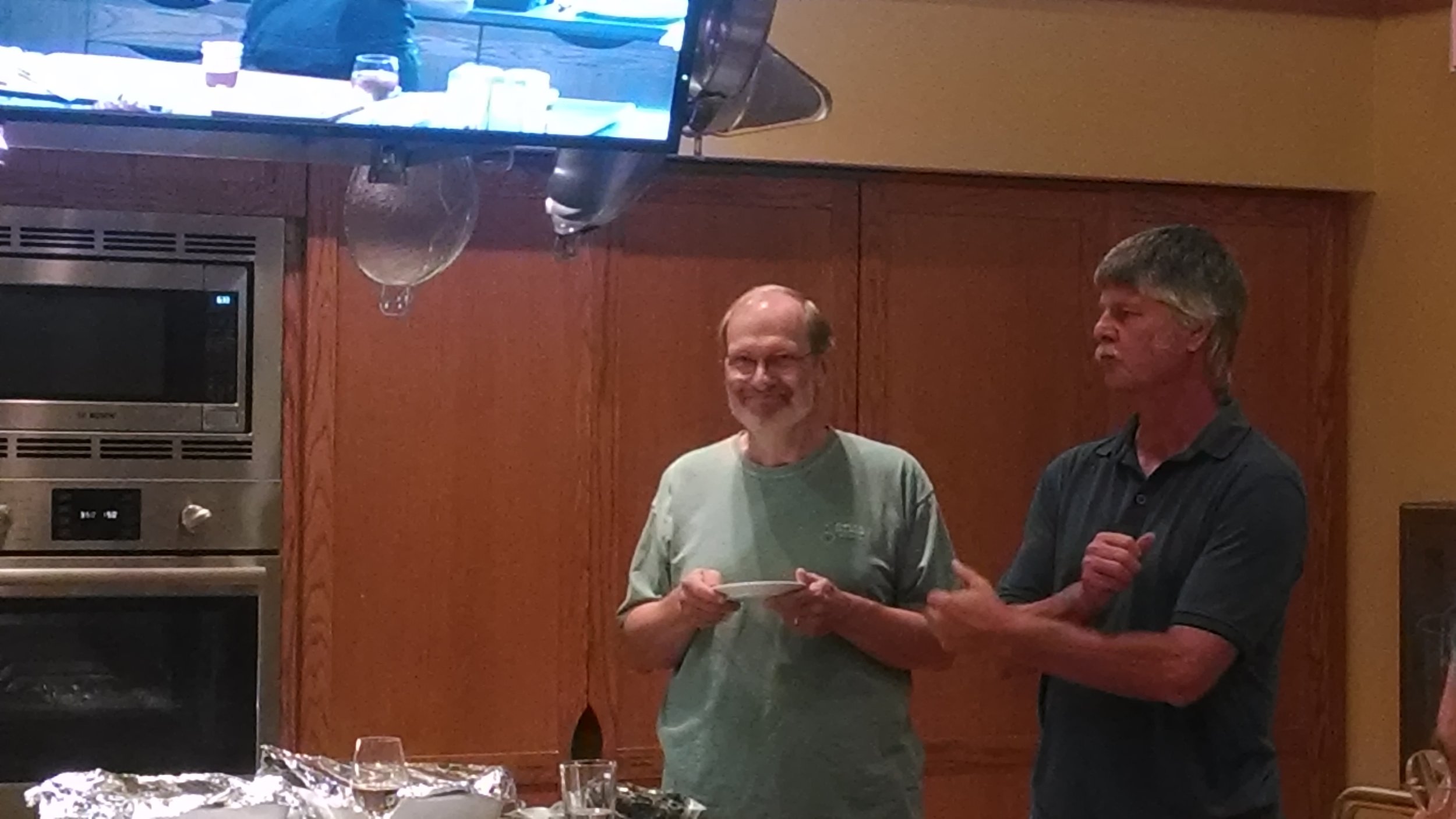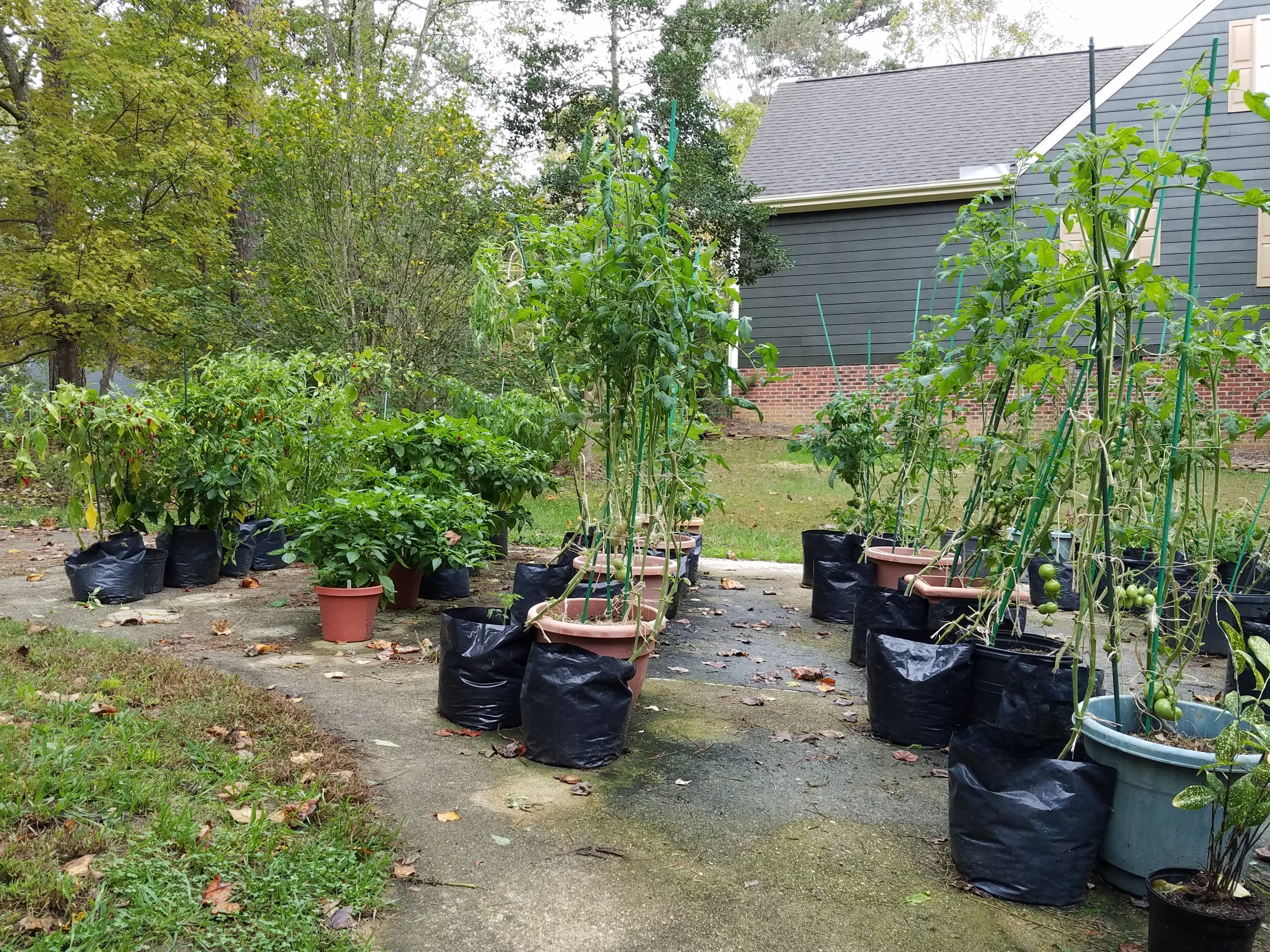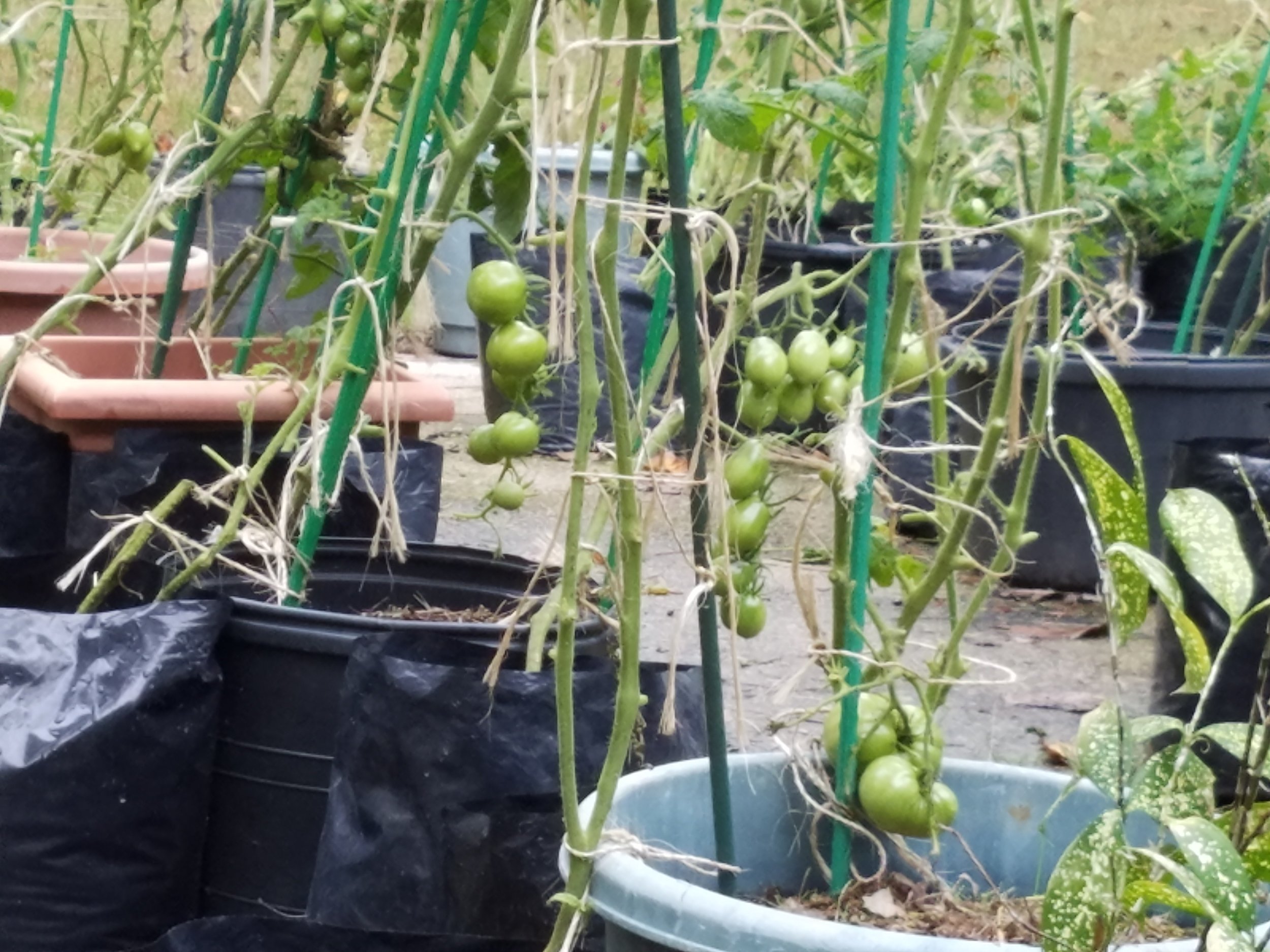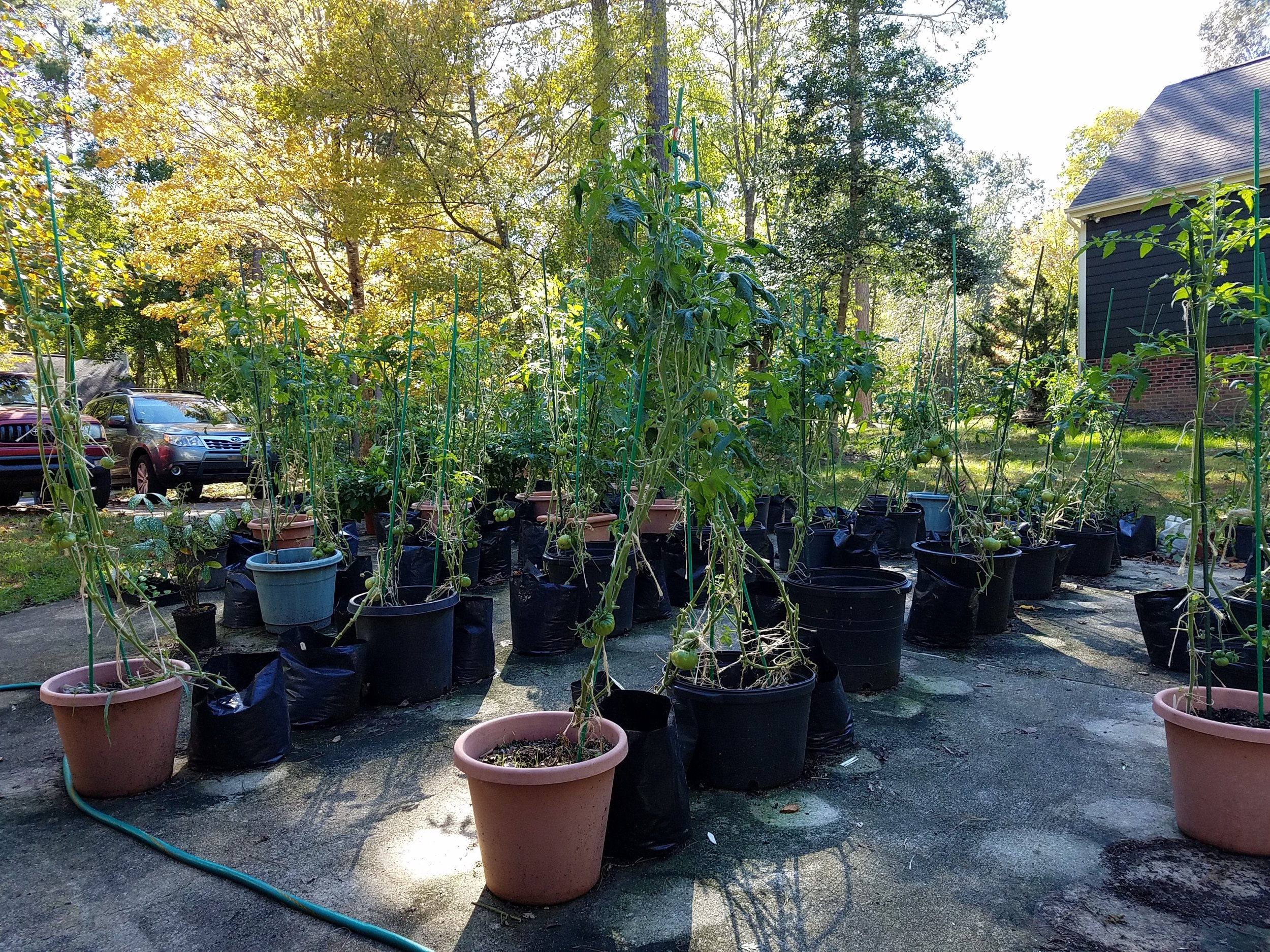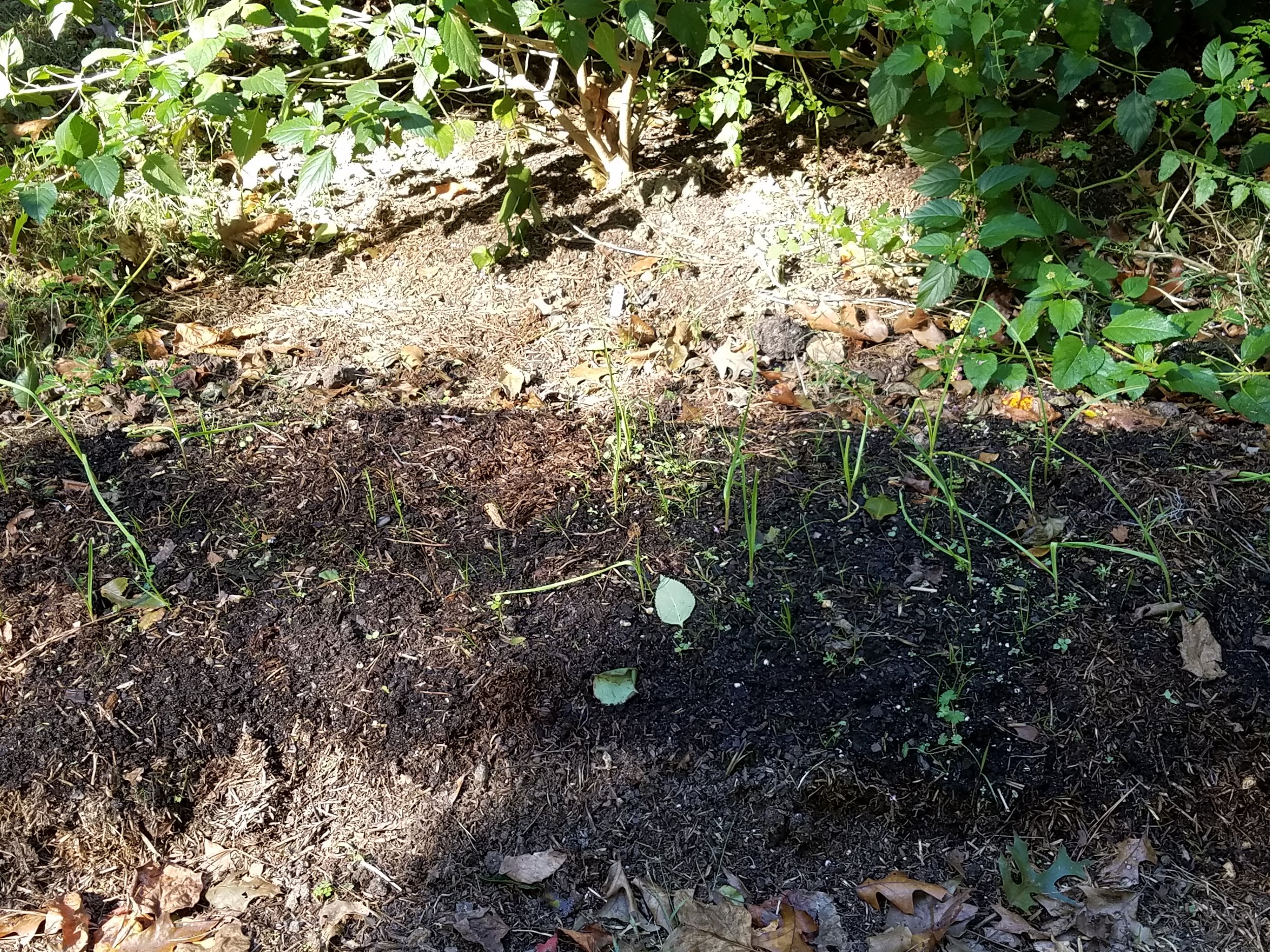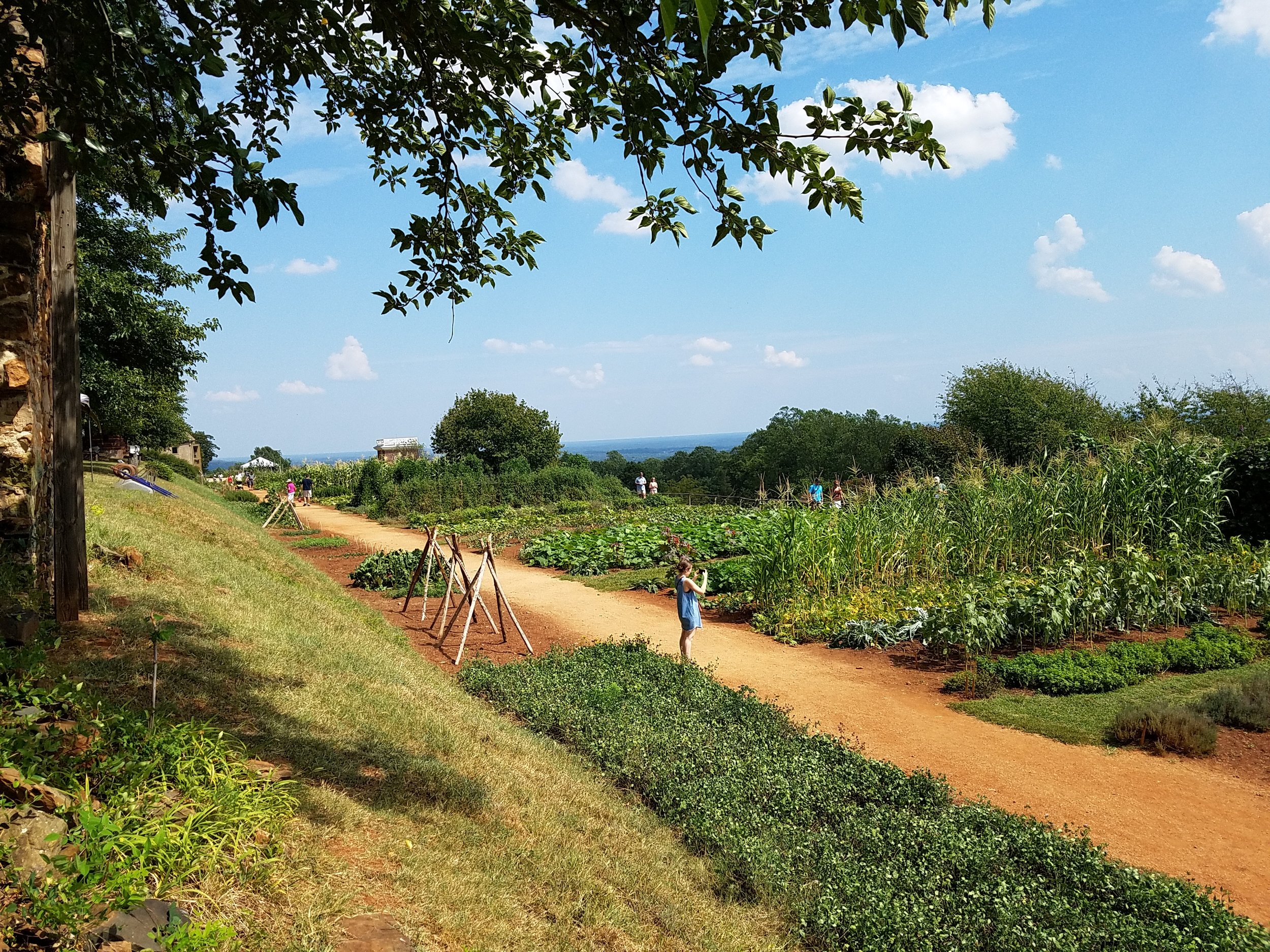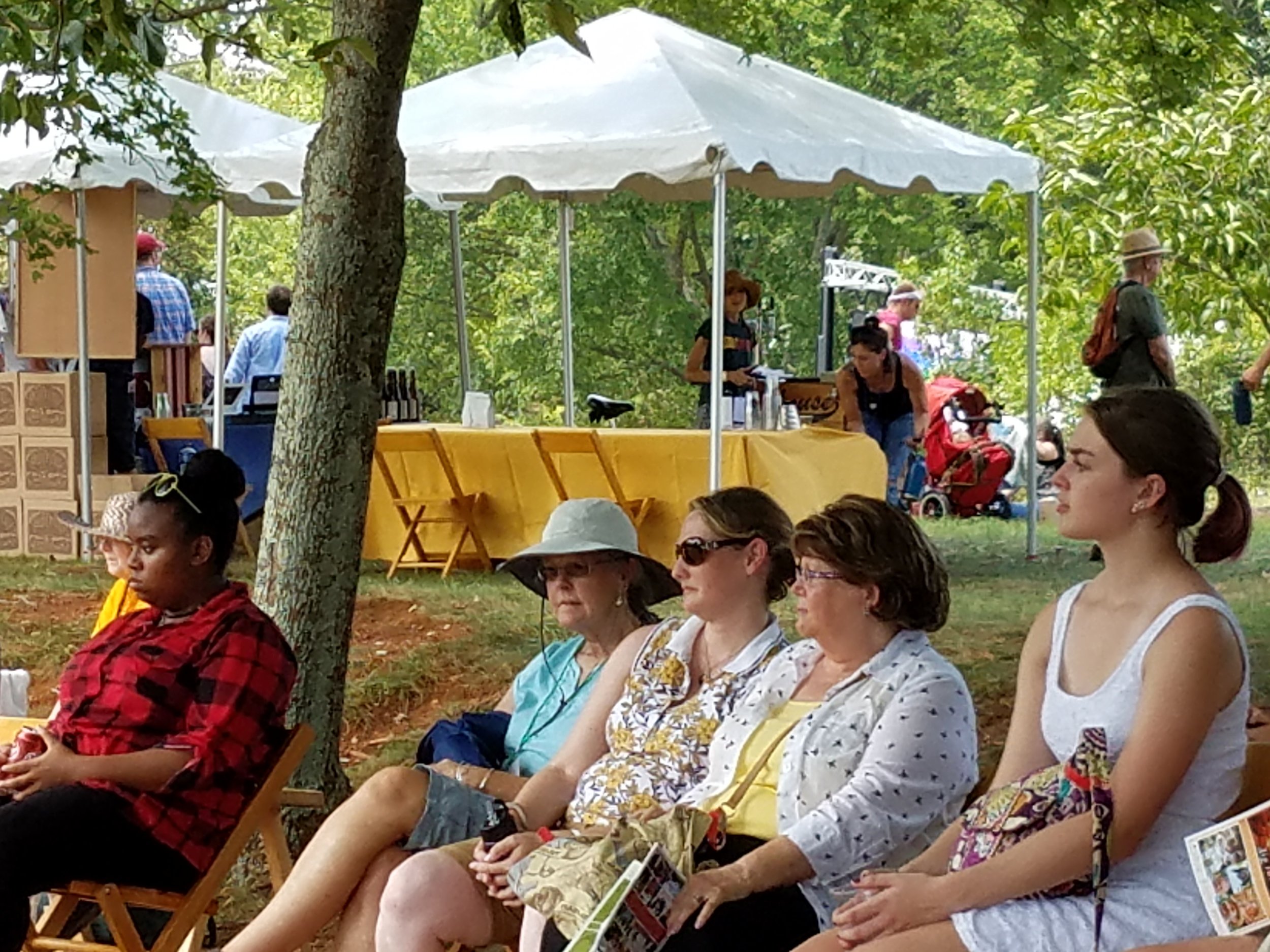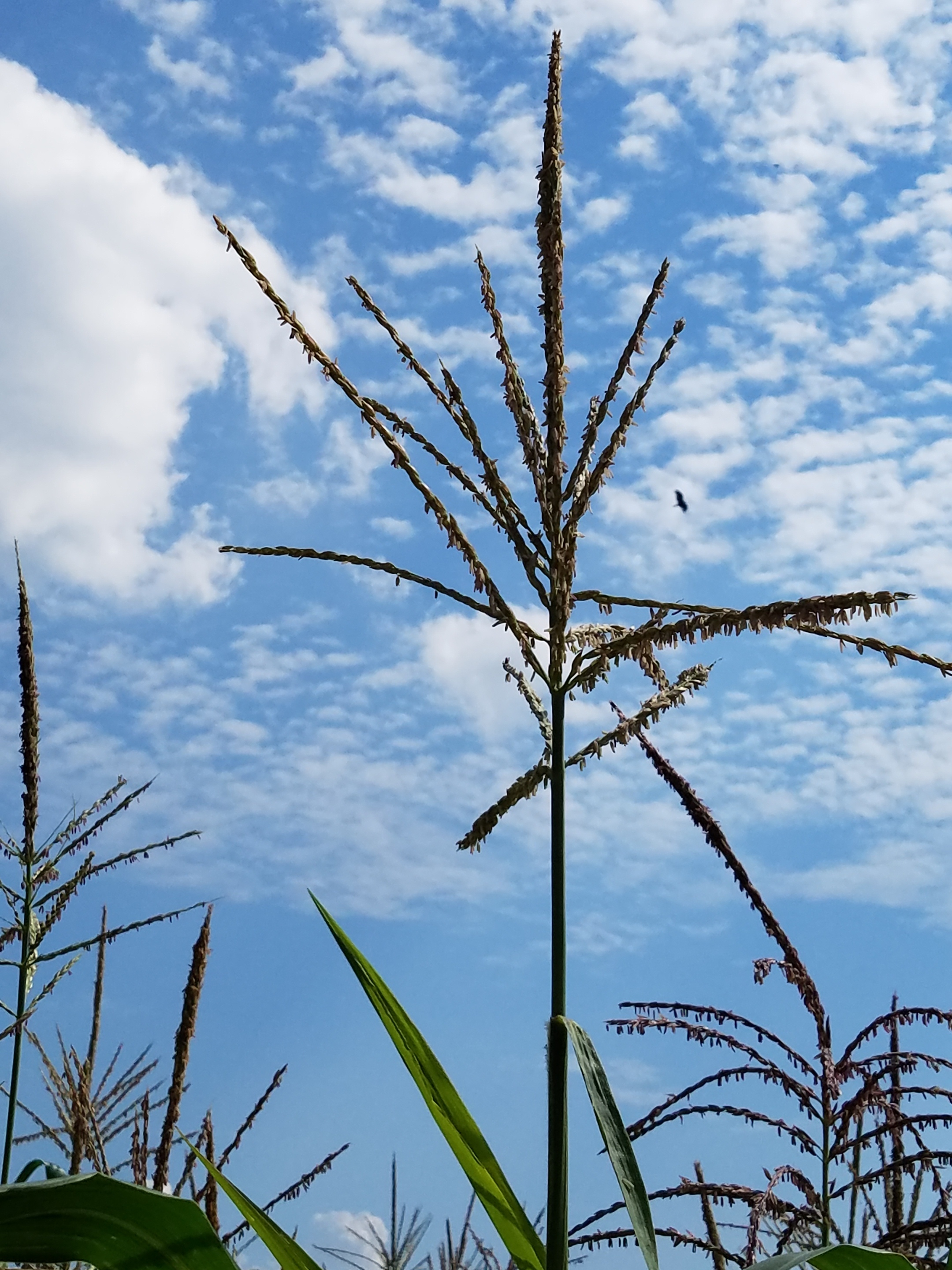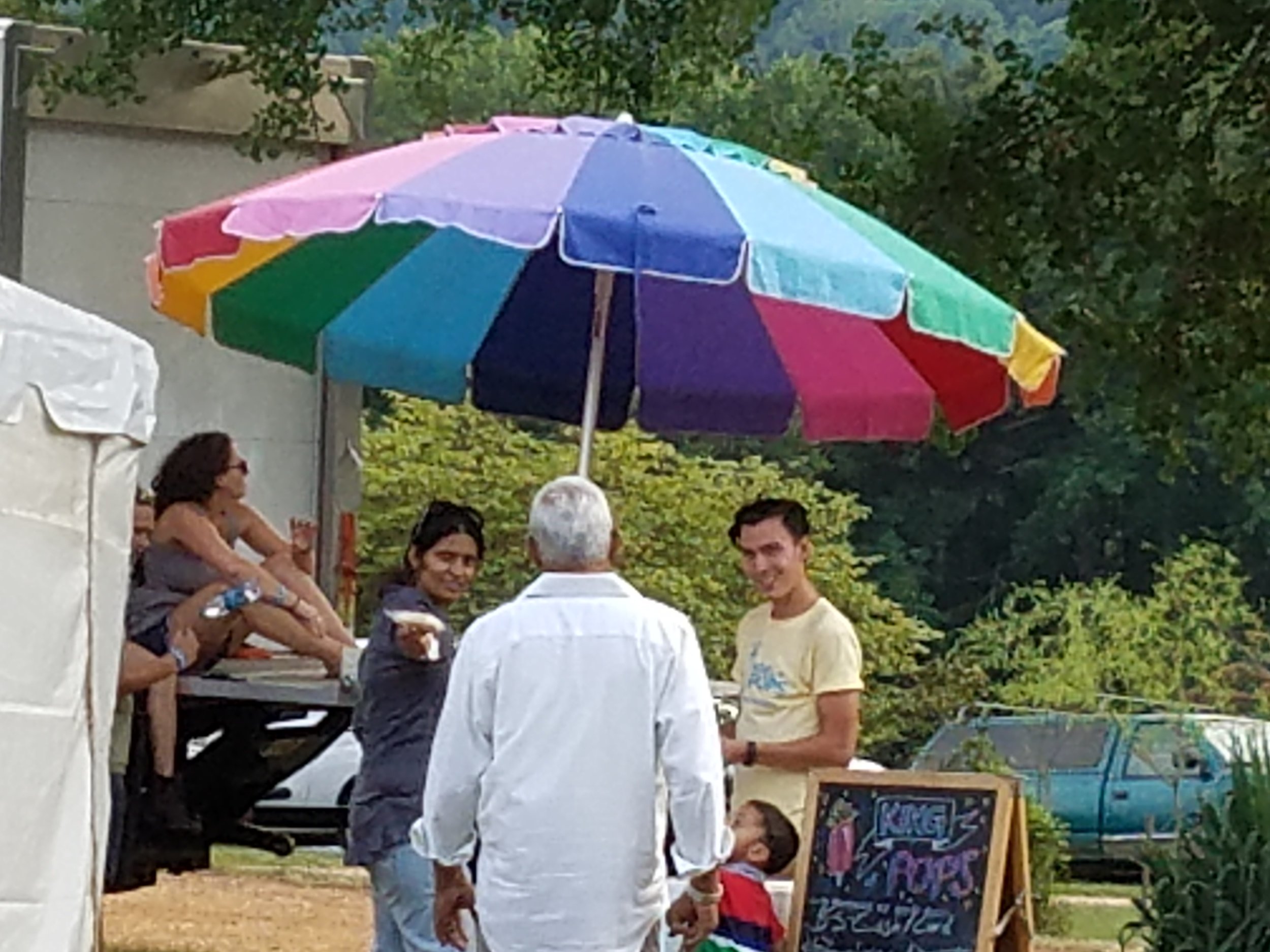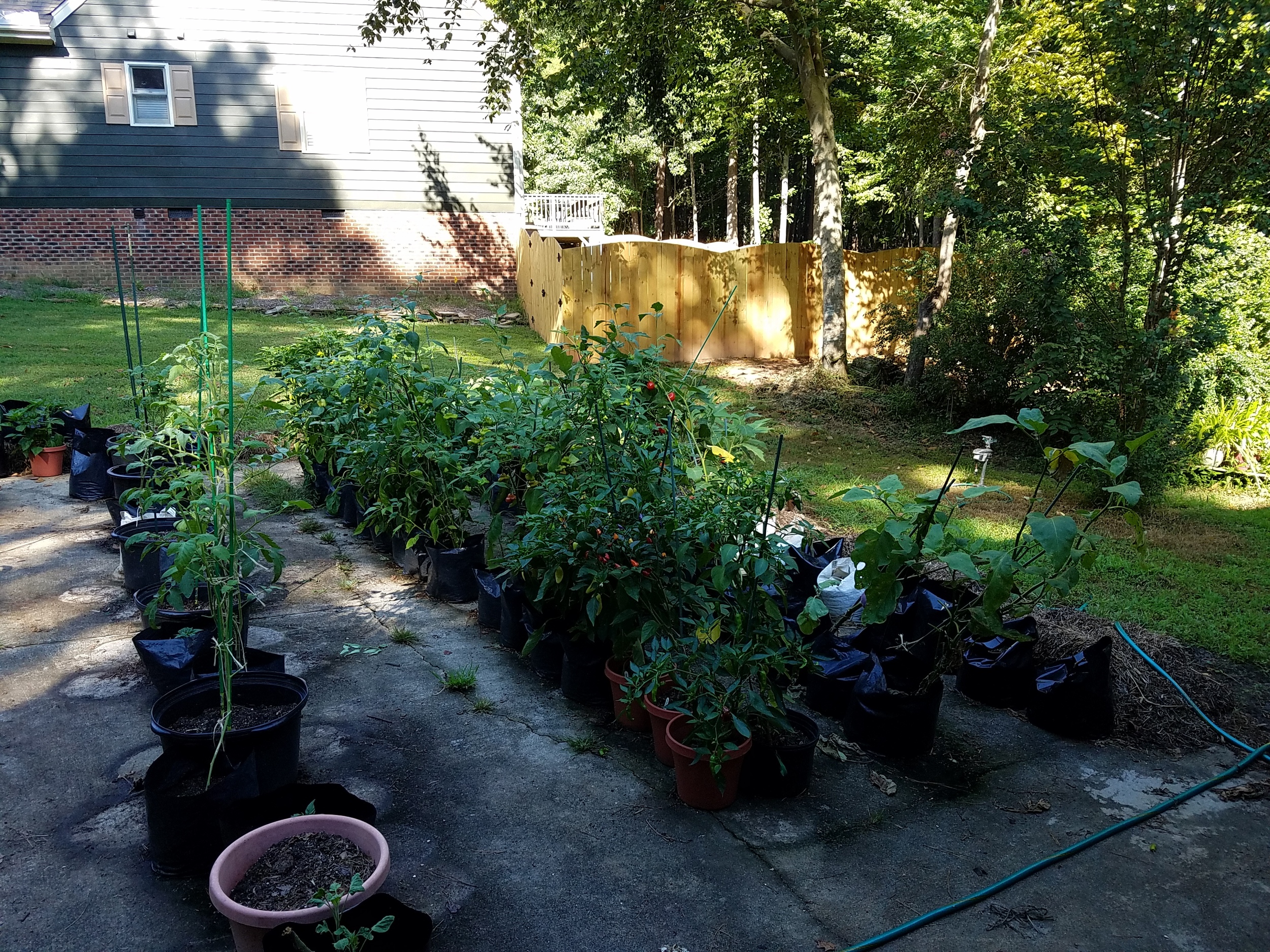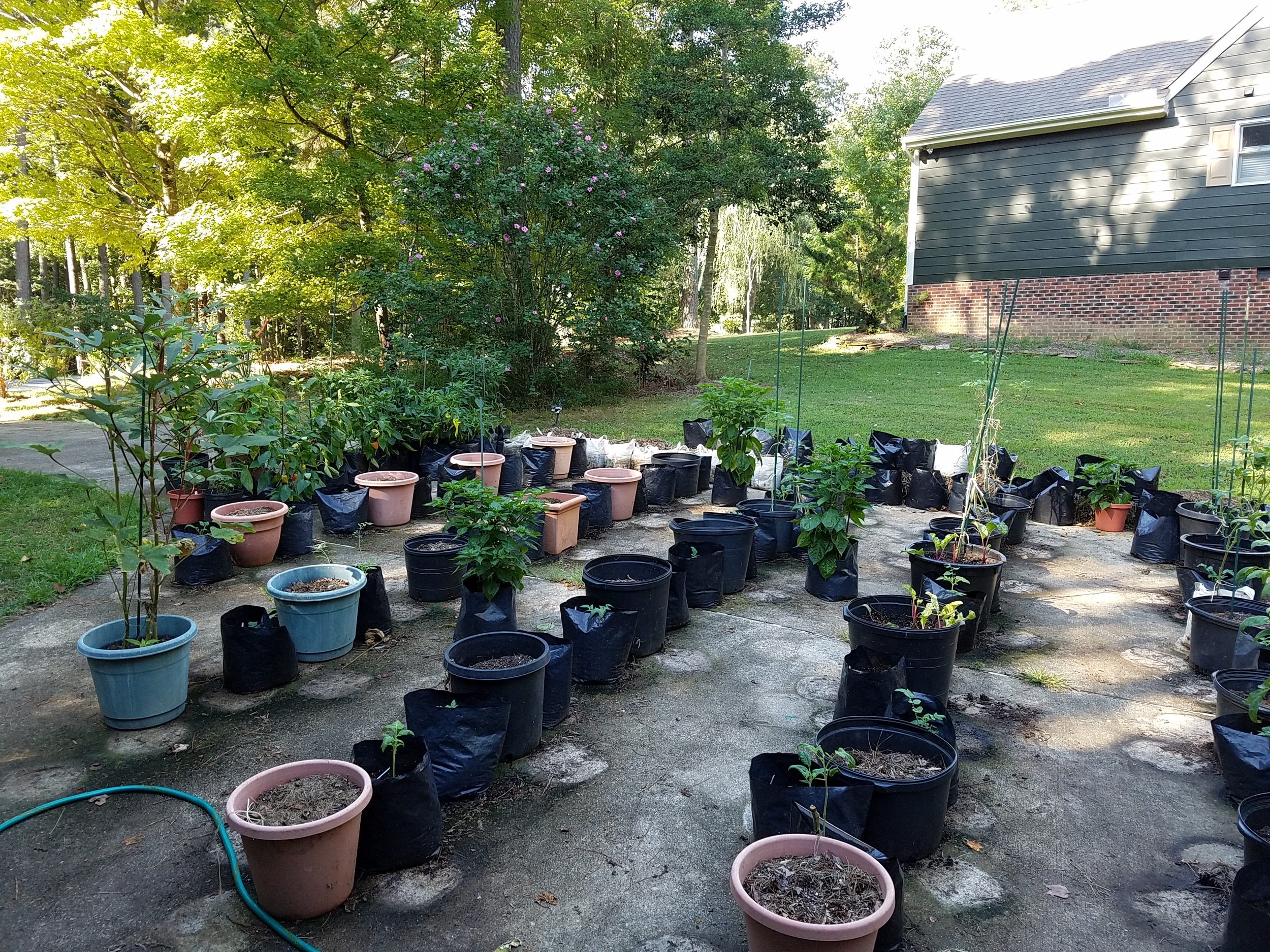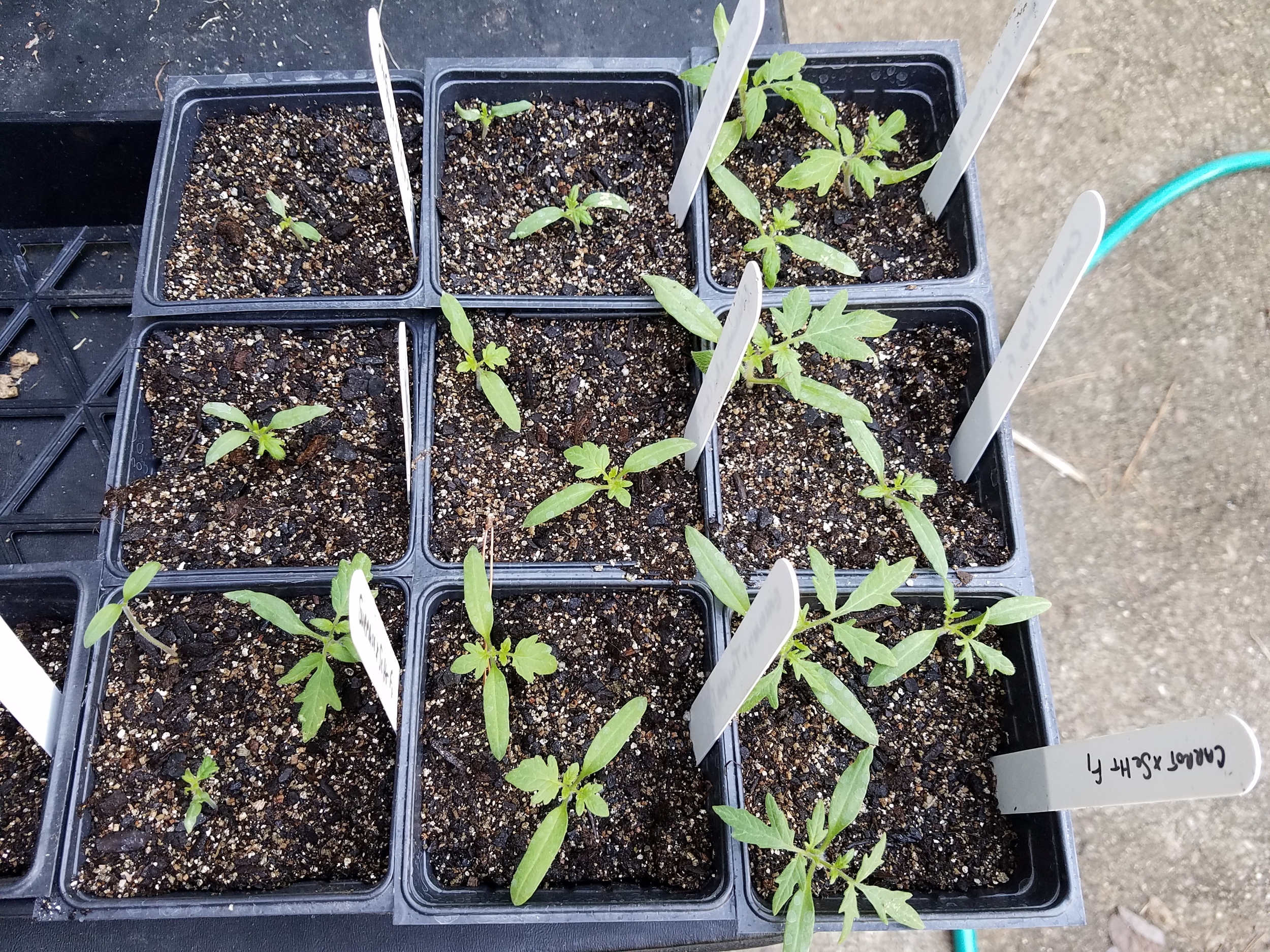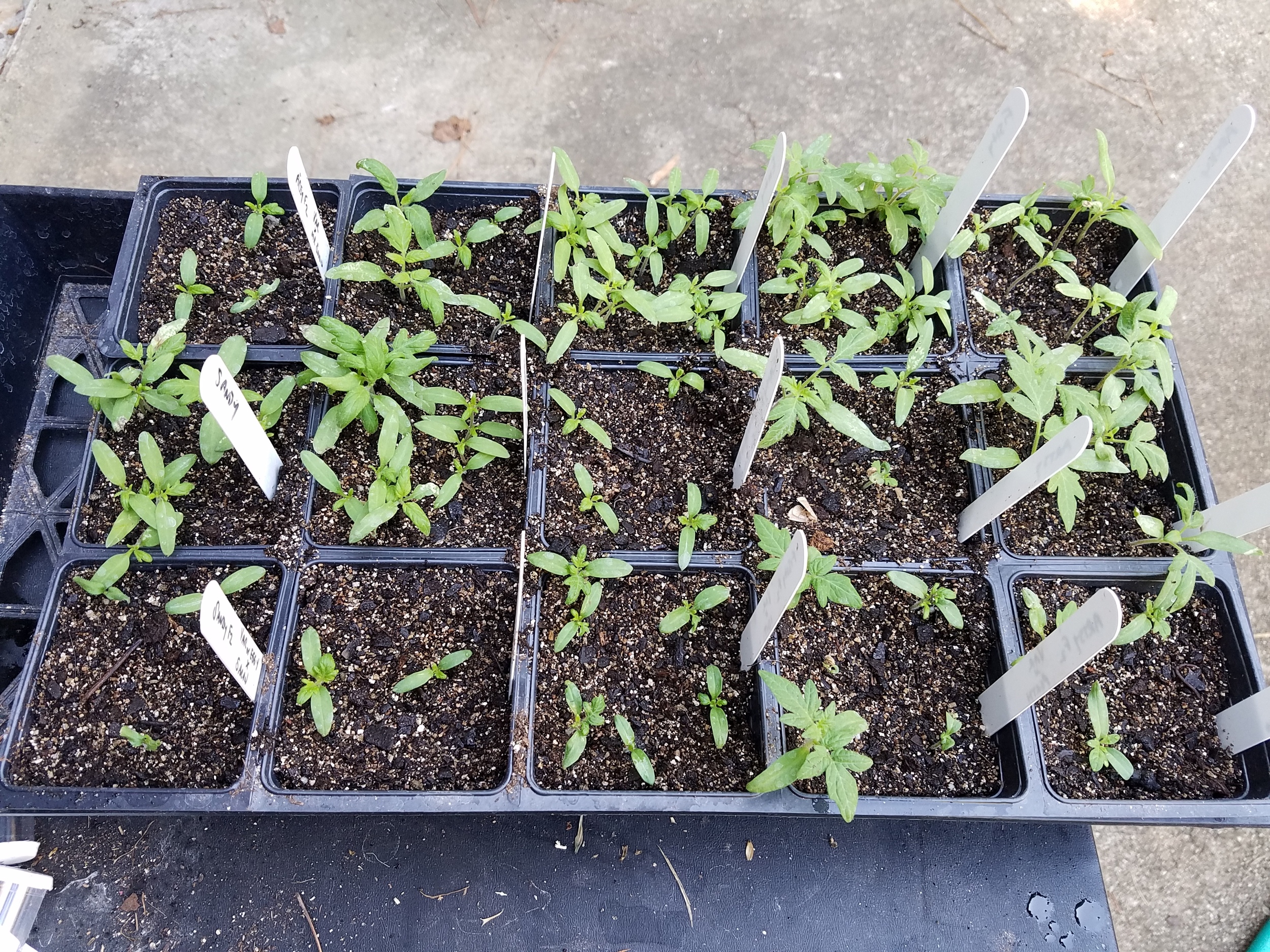Susan and I are in a really great place to reflect and recharge. We are on day 1 of our week long Christmas visit to Olalla, Washington, spending time as guests of our daughter Sara, her husband Adam and our two grandchildren, Aaron and Aiden. Thinking back over our 36 Christmases together, it has been many years since we've spent this holiday away from our home. We often hosted my parents for Christmas - so Sue and I get to play the part of the visiting grandparents at last. We are already settled in and having a wonderful time.
And now I sit here listening to music, Sue knitting next to me, wondering where the year went. An awful lot ended up packed into the last twelve months. My second book, Growing Vegetables in Straw Bales, started January off with excitement. Speaking events started in early February. Seeds were started, a garden planted and tended, new gardening friends were made. It was wonderful because of the generosity, kindness and interest of my many hosts and workshop attendees.
Thanks to everyone who invited me to speak, helped with arrangements, and brought their attention, questions, and energy. This includes the Apex Garden Club (Apex NC), Master Gardeners of Carteret County (Morehead City NC), Northwest Flowers and Garden Show (Seattle WA), and Chicago Botanic Garden (Chicago IL) in February; Loudon County Master Gardeners Symposium (Leesburg VA), Green Springs Garden Winter Lecture (Alexandria VA), and Durham Gardeners Forum (Durham NC, Duke Gardens) in March, Daniel Stowe Gardens workshop (Belmont NC) and Mother Earth News Fair (Asheville, NC), Piedmont Master Gardeners Symposium (Charlottesville VA), Well Fed Garden workshop (Raleigh NC), and Atlantic Orchid and Garden workshops (Raleigh NC) in April, Flower Shuttle plant sale (Raleigh NC), and Longwood Gardens tomato workshop (Kennett Square, PA) in May, Gardeners of Wake County at Raulton Arboretum (Raleigh NC) and a tomato dinner at The Bridge Club by Ashley Christensen in June, Acme tomato dinner with Kevin Callaghan, a Southern Season tomato-themed cooking school with chef Kevin and an appearance at Tomato Days at the Carrboro Farmers Market and Chapel Hill Farmers market in July, presenting at a major gardening event at Omni Homestead (Hot Springs, VA) and a Pepper cooking school with Alex Hitt at Southern Seasons (Chapel Hill NC) in August, presenting at Tower Botanical Garden (Boylston MA), the Heritage Harvest Festival at Monticello (Charlottesville VA), and participating in a panel discussion at the Terra Vita festival (Chapel Hill NC) in September, Cape Cod Master Gardeners (Harwich MA), and wrapping things up at the Carolina Farm Stewardship event in November (Durham NC). Thanks to everyone associated with these marvelous events.
I also got to be interviewed on podcasts, radio shows, magazines, and even filmed for an upcoming episode of the TV show Growing a Greener World (Joe Lamp'l - stay tuned for when and where to watch!) during the year. So many thanks go to Niki Jabbour, Joe Lamp'l, Daryl Pulis, Margaret Roach, Mike Podlesny, Mike Darcy, Karen Lynn, Jessica Walliser, Andrea Weigl and Jill Lucas for stimulating discussions and wonderful questions. Of course, thanks to my friends at Storey - Carleen, Megan, Deborah, Tina, Sarah, Corey, Alee and Emily - I know I've probably left a few names off for this or that event or activity due to the complexity of the year, but will edit as they come to me.
From the various events, interviews, engagements, I've received so many interesting emails. Future collaborations are being discussed. You will be hearing more about these next year. And - as for next year - you can see from my upcoming speaking schedule that it could end up being even more packed with events and opportunities to meet more tomato enthusiasts and avid gardeners. I've begun my next book - detailing and telling the story of our Dwarf Tomato Project. There are proposals in the works for two other books as well. My garden, by necessity of diminishing sun and lack of time, will be much smaller; perhaps the smallest since undertaking this journey back in 1986.
I hope you all continue to come along for the ride - and please spread the word - help me create more and more gardeners...after all, that's really the point!
Here are some pictures from places we went in 2016


